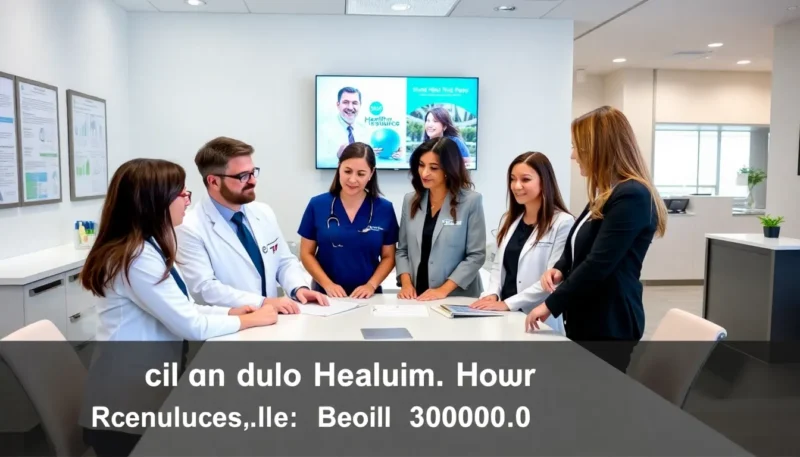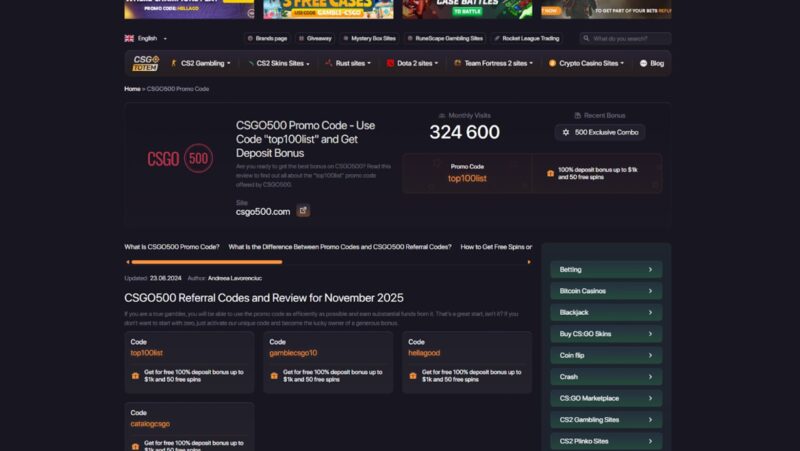
Medical insurance eligibility verification is an important process for healthcare providers and patients to ensure that patients have active coverage that will pay for their care. With healthcare costs continuing to rise, having accurate eligibility information is essential for providers and patients alike.
Purpose of Eligibility Verification
Verifying patient eligibility serves multiple crucial functions in ensuring smooth operations and payment in healthcare. It mitigates claim denials, reduces patient collections issues, and provides clarity for all parties on coverage specifics. Providers who know how to verify insurance eligibility and benefits can get a number of practical advantages.
Reduce Eligibility Errors That Lead To Denials
A primary cause of denied medical claims comes from eligibility issues occurring before/during the stay in the facility. Checking patient insurance is vital to confirming active coverage, in-network/out-of-network status, service pre-authorizations, and other factors that impact clean claim submission and payment processing. This proactive step prevents unpaid claims on the back end by addressing eligibility beforehand.
Avoid Downstream Patient Collections Issues and Expenses
Understanding a patient’s exact coverage details allows providers to collect estimated patient responsibility costs like copays, deductibles, or coinsurance upfront instead of trying to collect after care is rendered. Collecting first helps avoid difficult “surprise billing” conversations and expensive collection costs to obtain patient owed amounts later, leading to a better patient financial experience.
Enhance Operational Efficiency
Insurance eligibility verification streamlines administrative processes by ensuring accurate billing information upfront. By confirming coverage details and benefit limitations in advance, staff can minimize errors, reduce claim rework, and enhance overall operational efficiency.
Key Steps in the Eligibility Verification Process
Verifying insurance eligibility typically involves the following key steps:
-
Gather Detailed Patient Insurance Information
To start the process, healthcare provider staff need to collect detailed insurance information from the patient at the time of admission.

Critical details include the health plan name and member ID number, and in some cases, additional data like the member’s date of birth or group number may be required for verification. Recording this information is vital for an accurate eligibility check.
-
Contact Payers Through Available Channels
With the patient data in hand, the next step is to contact the payer to check eligibility status. This usually occurs through calling the payer directly or checking eligibility through a dedicated portal. Each payer may offer different communication channels.
-
Confirm Coverage Details
Upon contacting the payer through available channels, provider staff receive back critical information on the patient’s current eligibility status, including dates of coverage, estimated cost-sharing responsibilities, and prior authorization requirements. The facility team then needs to confirm the right services are covered before treatment begins
-
Check Secondary Insurance
Patients may be eligible for both Medicare and Medicaid. While Medicare is typically the primary payer for dual-eligible individuals, Medicaid often serves as a secondary payer, covering costs that Medicare doesn’t.

Understanding the coordination of benefits between these two programs ensures accurate billing and reduces the risk of claim denials.
Emerging Technologies for Eligibility
Several technologies have emerged in recent years trying to provide more seamless, real-time eligibility verification, including:
Automated Eligibility Software
Automated eligibility software represents a cutting-edge solution that streamlines the verification process, offering real-time confirmation of eligibility status. Additionally, these advanced systems can automatically track and notify staff of any changes in coverage, ensuring that billing information remains up-to-date and accurate.
Such tools connect with payer databases and electronic health record systems through application programming interfaces (APIs), facilitating automatic checks of insurance coverage information.
Adoption of such automated software will likely increase as the healthcare industry moves towards more digital interactions and data exchange.
Payer-Provided Eligibility Portals
Many health plans provide eligibility portals allowing providers to input patient data and receive eligibility details through an online lookup.
Efficient Eligibility Verification
Verifying patient insurance coverage is a crucial initial stage in healthcare billing and payment. While requirements and technologies for confirming new patient coverage evolve, automated verification and coverage change tracking become the most effective methods. Such advanced software streamlines operations reduces errors, and provides real-time updates, ensuring accurate and efficient eligibility checks for providers and patients.












